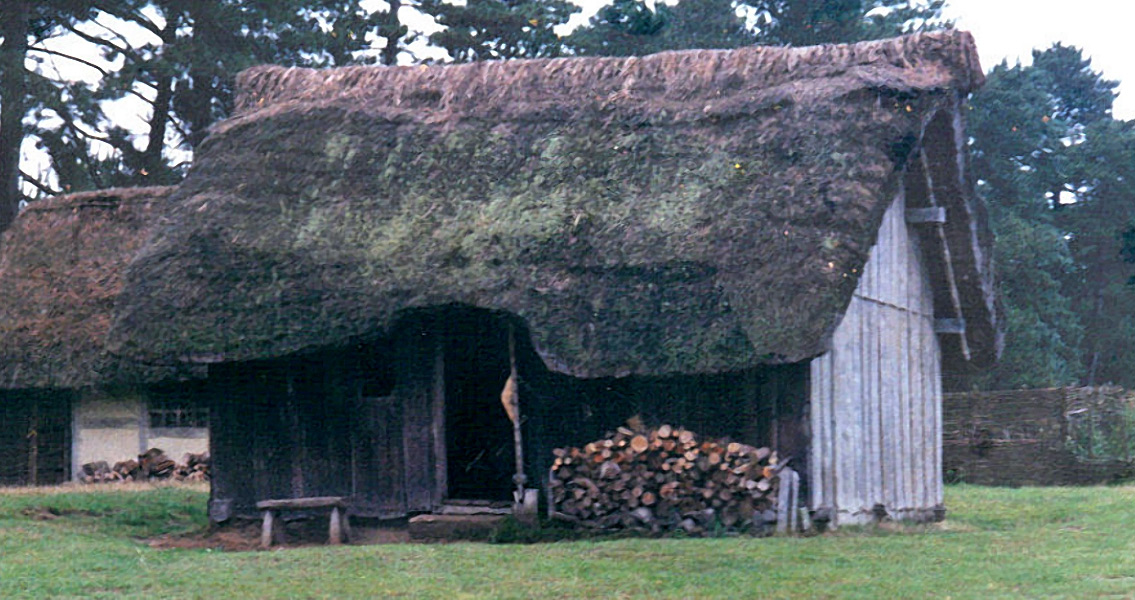<![CDATA[Over a third of English ancestors were Anglo-Saxon immigrants, according to a new study. For the first time whole genome sequences of ancient British DNA have been mapped, allowing researchers to directly estimate the Anglo-Saxon ancestry of the British population. The Anglo-Saxons ruled over England for six centuries, laying the basis for the country's language and culture. Ten skeletons were excavated from burial sites near Cambridge to provide the material for the pioneering genome sequence. Researchers, led by the study's main author Dr. Stephan Schiffels, compared the ancient genomes with modern day sequences using a new analysis method. The results have been published in the Journal Nature Communications. "By sequencing the DNA from ten skeletons from the late Iron Age and the Anglo-Saxon period, we obtained the first complete ancient genomes from Great Britain," said Dr. Schiffels. "Comparing these ancient genomes with sequences of hundreds of modern European genomes, we estimate that 38% of the ancestors of the English were Anglo-Saxons. This is the first direct estimate of the impact of immigration into Britain from the 5th to 7th Centuries AD and the traces left in modern England." Although the cultural importance of the Anglo-Saxons is clear, the extent of their genetic impact is much more controversial. Studies relying on the use of modern DNA have reached radically different conclusions, suggesting an Anglo-Saxon genetic contribution to English DNA ranging from 0% to 95%. The ancient skeletons were compared with modern British and continental European genomes taken from the UK10K project and the 1000 Genomes Project. This revealed that the ancient immigrants had DNA very similar to modern Dutch and Danish people. It also showed that they contributed 38% of the DNA of people currently living in the East of England, and 30% of the DNA of modern Scottish and Welsh people. "Combining archaeological findings with DNA data gives us much more information about the early Anglo-Saxon lives." said Dr. Duncan Sayer: an archaeologist from the University of Central Lancashire and one of the authors of the paper. Four skeletons from a grave in Oakington were particularly insightful on the integration of Anglo-Saxons. Genome sequences showed that two skeletons were of Anglo-Saxon migrants, while one was a native and the other a mixture of both. "The archaeological evidence shows that these individuals were treated the same way in death, and proves they were all well integrated into the Oakington Anglo-Saxon Community despite their different biological heritage," explained Dr. Sayer. Central to the new study was a new method the researchers developed to detect subtle genetic differences. The system, called rarecoal, uses rare genetic variants present in hundreds of modern people to distinguish between closely related populations. Other methods of genome analysis tend to look for genetic variants in the past that are common in modern people. Anglo-Saxon is an umbrella term for the Germanic-speaking peoples from north-west Europe who invaded Britain from the beginning of the fifth century CE. With the Roman Empire increasingly stretched by internal strife and barbarian uprisings, it was unable to defend its northern most province. By the fifth century the whole East of England had been settled by the tribes today referred to as Anglo-Saxons. Image courtesy of Wikimedia Commons user: Betlic ]]>
A Third of English Ancestors Were Anglo-Saxon Immigrants
